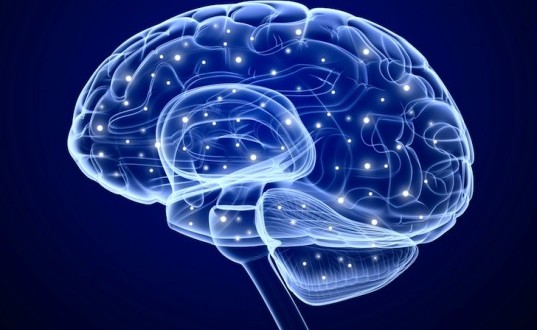Researchers have found a way to convert skin cells directly into brain cells. The breakthrough could lead to a cure for Huntington’s disease, an incurable fatal neurodegenerative disorder.
The scientists, at Washington University School of Medicine in St. Louis, demonstrated that these converted cells survived at least six months after injection into the brains of mice and behaved similarly to native cells in the brain.
“Not only did these transplanted cells survive in the mouse brain, they showed functional properties similar to those of native cells,” said senior author Andrew Yoo, assistant professor of developmental biology. “These cells are known to extend projections into certain brain regions. And we found the human transplanted cells also connected to these distant targets in the mouse brain. That’s a landmark point about this paper.”
For this study, the researchers placed adult human skin cells into an environment that was similar to the environment that brain cells exist in. Based on previous research, the team knew that exposing the skin cells to two microRNAs, known as miR-9 and miR-124, would affect the cells’ DNA. After exposing the cells to these microRNAs as well as to other molecules called transcription factors, the cells developed into medium spiny neurons. These specific brain cells are responsible for controlling movement. These cells are also the ones that get affected by the neurodegenerative disorder, Huntington’s disease.
“We think that the microRNAs are really doing the heavy lifting,” said co-first author Matheus B. Victor, a graduate student in neuroscience. “They are priming the skin cells to become neurons. The transcription factors we add then guide the skin cells to become a specific subtype, in this case medium spiny neurons. We think we could produce different types of neurons by switching out different transcription factors.”
The researchers implanted the medium spiny neurons into the brains of rats and found that the cells exhibited similar morphological and functional properties to the native brain cells. The team noted that the converted cells only expressed genes that were specific to medium spiny neurons.
The team believes that their study can potentially help uncover more information regarding Huntington’s disease. In their next project, the researchers aim to convert skin cells taken from patients diagnosed with Huntington’s into medium spiny neurons. The brain cells would then be implanted into mice that have been genetically altered to have Huntington’s to observe whether or not the cells have an effect on the symptoms of the disease.
Agencies/Canadajournal
 Canada Journal – News of the World Articles and videos to bring you the biggest Canadian news stories from across the country every day
Canada Journal – News of the World Articles and videos to bring you the biggest Canadian news stories from across the country every day



